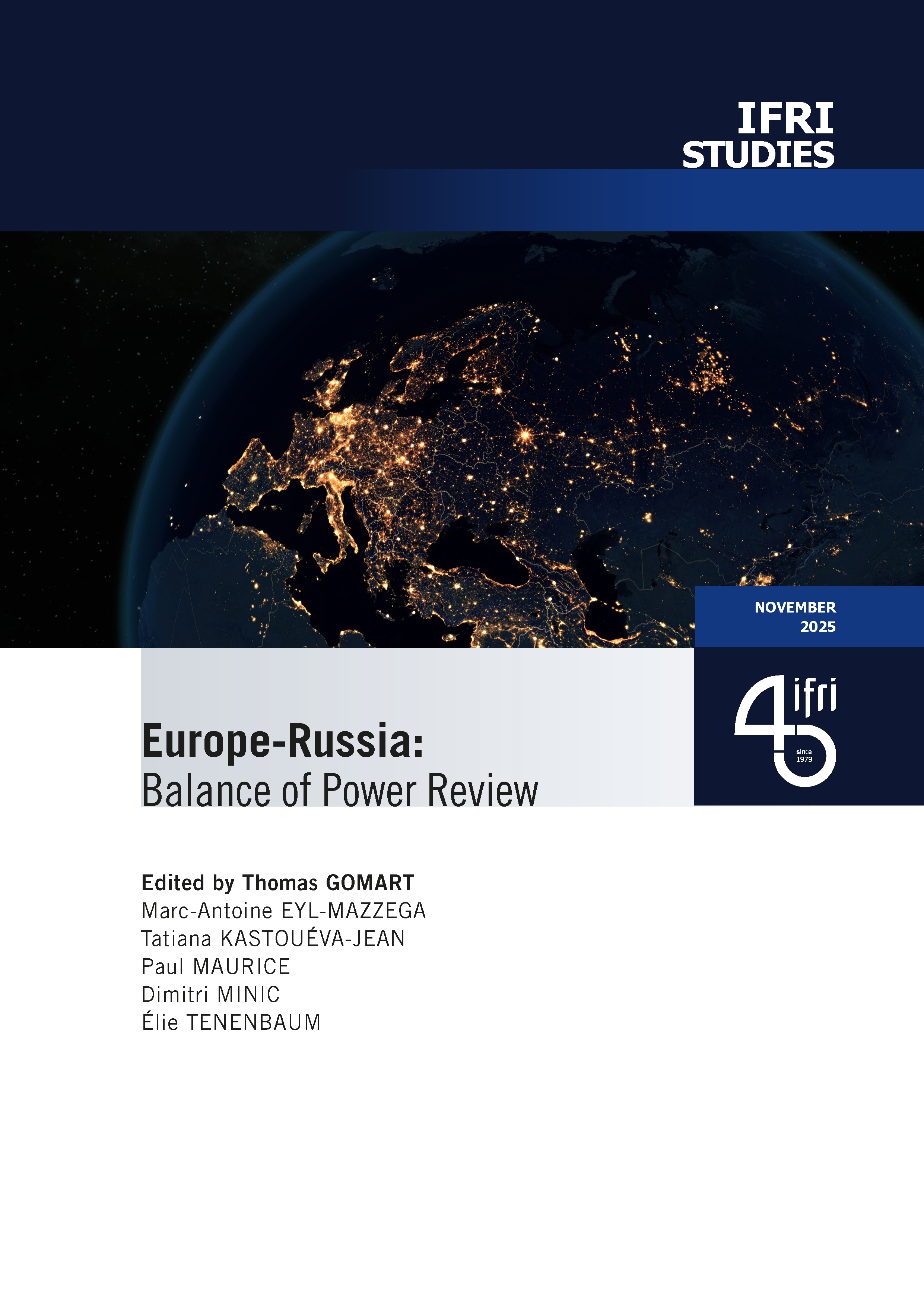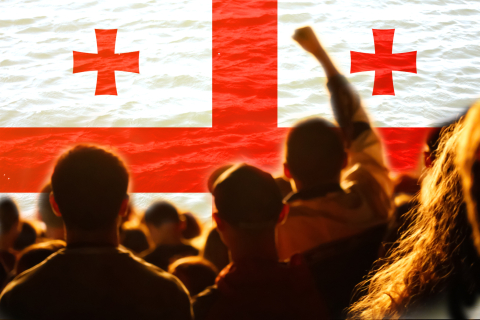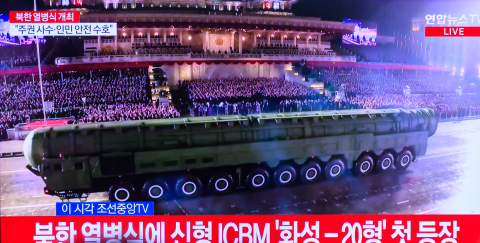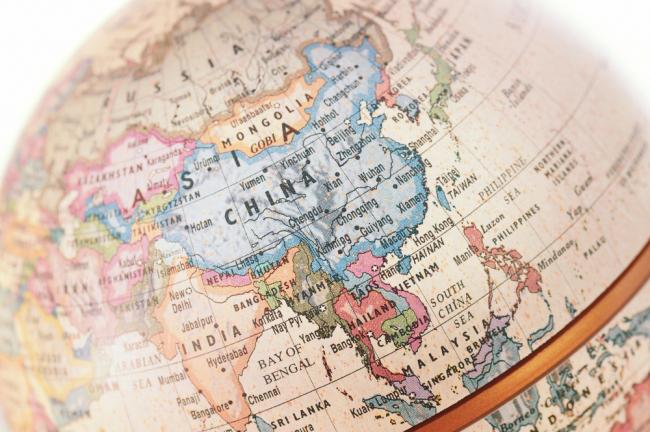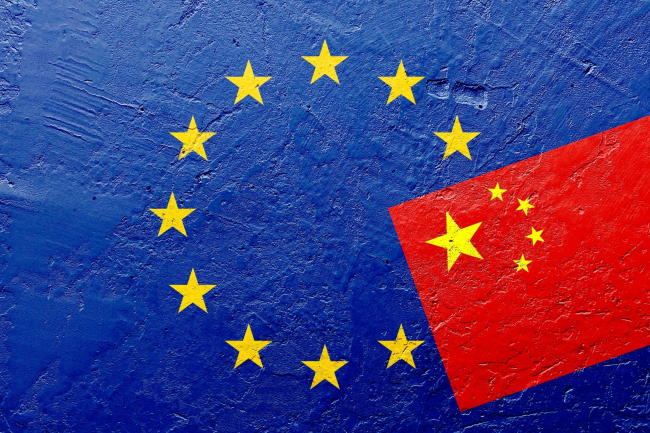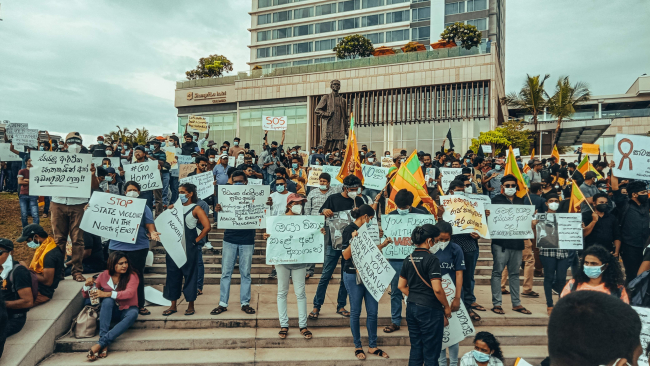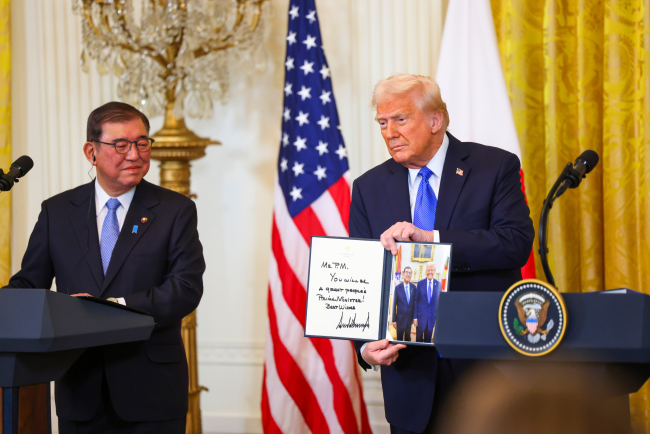Expanding SPDMM as a pivotal institution in the Pacific – A French perspective
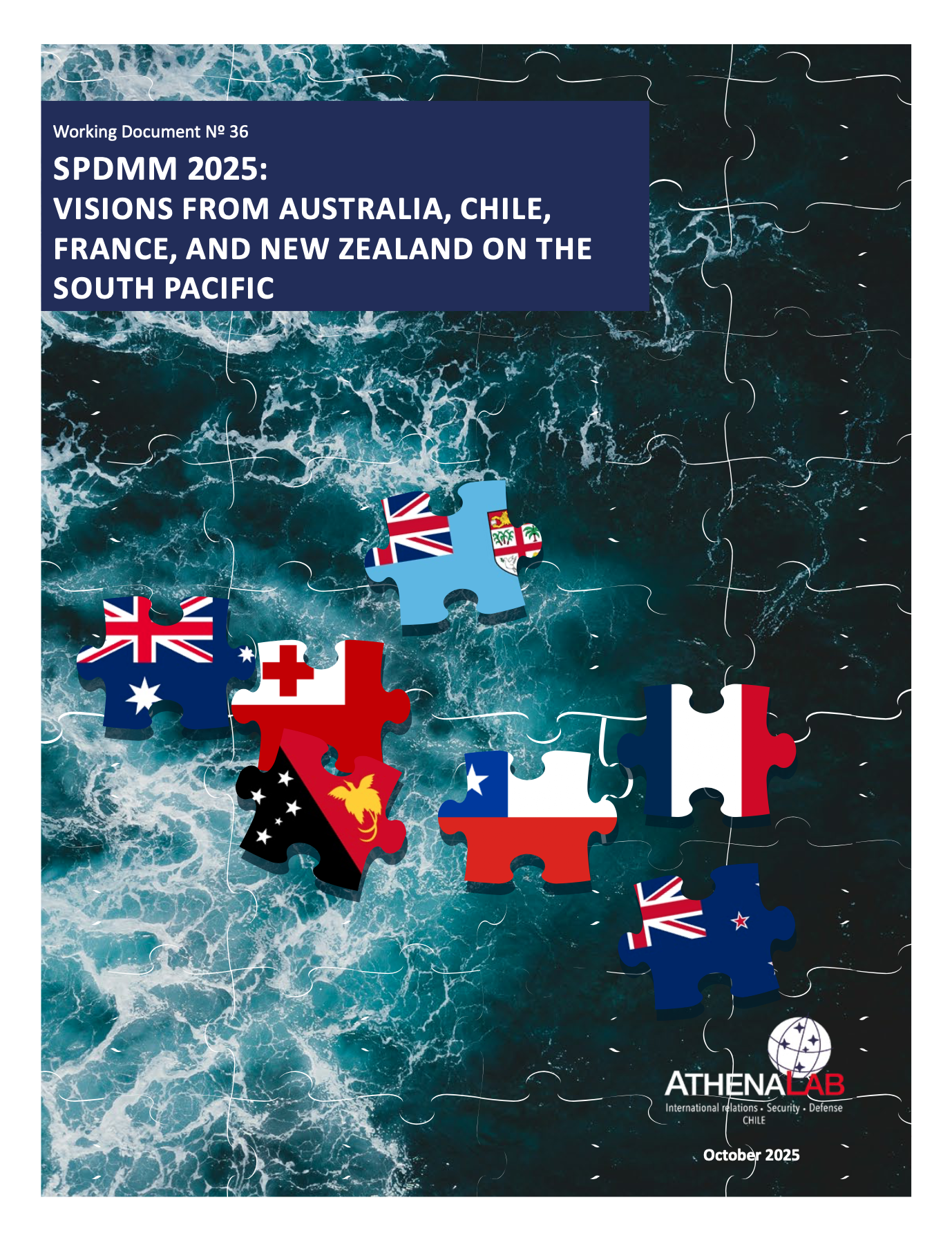
The South Pacific Defence Ministers’ Meeting (SPDMM) is the only forum that brings together defense ministers from the wider South Pacific — including Chile, which is hosting it for the first time. This heterogeneous group of countries with varying resources, capacities, and interests — Australia, Chile, Fiji, France, New Zealand, Papua New Guinea (PNG), and Tonga — are united by their shared determination to strengthen cooperation on maritime security and humanitarian assistance and disaster relief (HADR) activities.
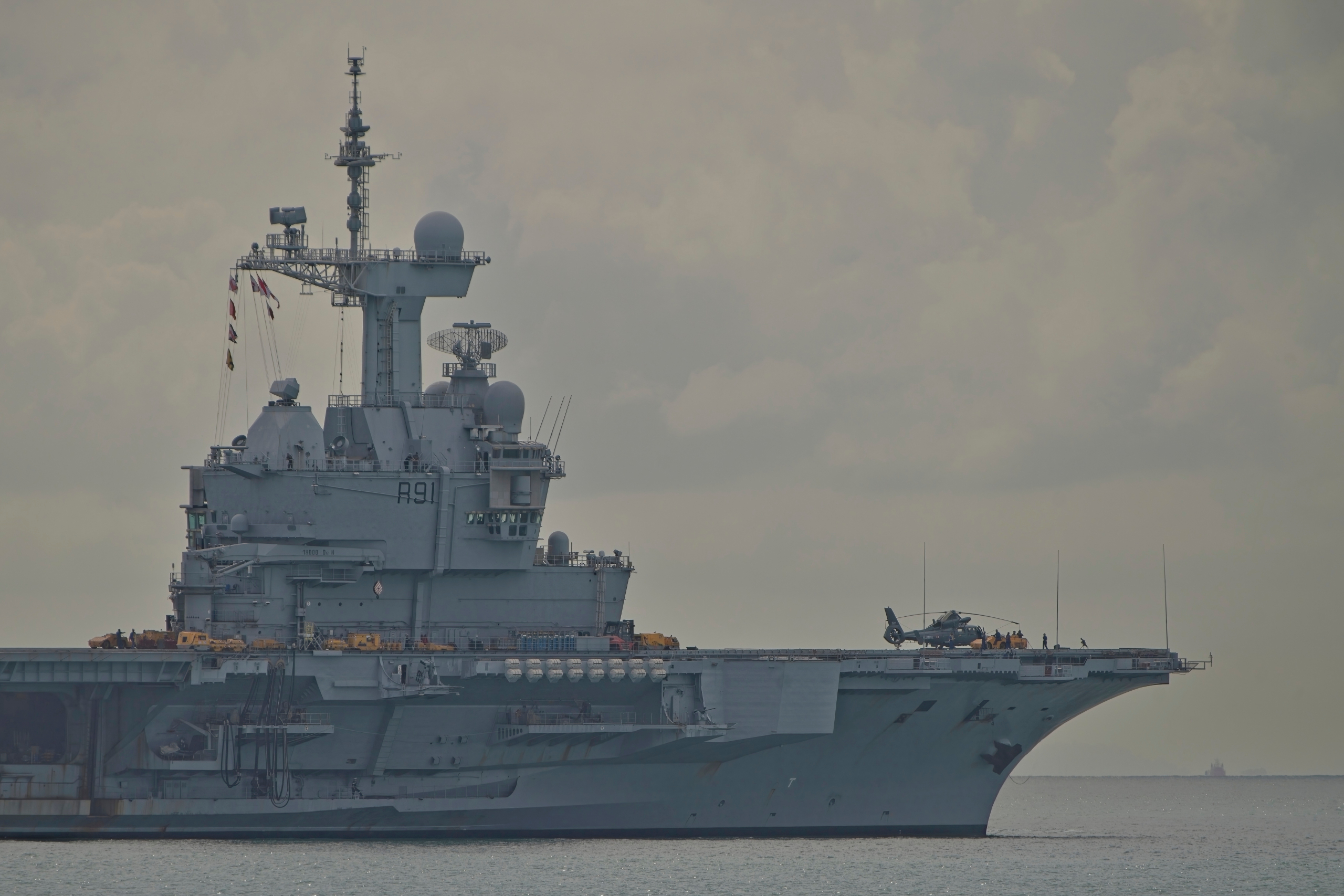
PRESSURES AND CHALLENGES FACING THE SPDMM
The SPDMM faces growing pressure to prove its relevance, as the Pacific becomes increasingly vulnerable to natural hazards and extreme weather events intensifying under the effects of climate change. At the same time, the region is confronted with mounting geostrategic rivalry, marked by sharper competition for influence — including through military deployments carried out under the banner of HADR operations. In this context, the SPDMM’s future will largely depend on its capacity to strengthen both its effectiveness and legitimacy. This will hinge on fostering a stronger civil–military dimension and adopting a more Pacific-led, recipient-driven approach, while advancing interoperability, lessons learned, training between armed forces, but also the empowerment of local authorities. Enhanced coordination with regional institutions and multilateral frameworks, along with people-to-people exchanges and a greater emphasis on prevention, will also be essential. France is playing a significant role in supporting these efforts.
STRENGTHENING THE CIVIL-MILITARY DIMENSION
As Pacific Island Countries (PICs) push back against the growing militarization of their region — with HADR operations increasingly recognized as instruments of both soft and hard power — the SPDMM has begun working to strengthen a more balanced civil–military dimension. At its 2024 session in Auckland, the forum endorsed Australia’s initiative to establish the Pacific Response Group (PRG), supported by a multinational Pacific Special Advisory Team (PSAT) — which includes a French officer — based in Brisbane during the high-risk weather season. This team is designed to be rapidly deployable to assist civilian authorities in an affected country with disaster response planning and reconstruction efforts. The PSAT has participated in key planning and interoperability exercises across the region, including the French-led multilateral exercise Croix du Sud, held in New Caledonia in April–May 2025, as well as the Long Reach 2025 tabletop exercise hosted by Tonga in August.
ENHANCING REGIONAL COORDINATION AND KNOWLEDGE SHARING
With a view to strengthening civil–military coordination, the PRG could consider expanding its cooperation to non-SPDMM members. While only three Pacific Island Countries maintain standing armed forces, others such as Solomon Islands and Vanuatu rely on police or paramilitary units to carry out domestic HADR tasks, offering opportunities for meaningful and complementary cooperation. To further ensure smooth implementation and coordination of assistance, as well as the sharing of best practices, some in-depth studies recommend that stakeholders develop a “Pacific Islands–centric handbook on disaster management”. This handbook would outline disaster risk profiles, national frameworks and key actors for disaster management, procedures for requesting assistance, and approaches to civil-military coordination across different countries.
INTEGRATION WITH THE BROADER REGIONAL SECURITY ARCHITECTURE
Another key question, related both to the legitimacy and effectiveness of the SPDMM, is its ability to be articulated and coordinated within the broader regional security architecture, with particular priority given to the Pacific Islands Forum (PIF), the primary regional multilateral political organization. At the 2024 SPDMM in Auckland, the Forum was represented for the first time with observer status by Baron Waqa, Secretary-General of the PIF. Obvious synergies exist between a number of regional settings, and efforts should be made to streamline activities, avoid duplication, and enhance effectiveness – objectives that lie at the very core of the SPDMM’s original mandate. One approach is closer coordination with the PIF’s Pacific Disaster Risk Reduction Ministers Meeting, the Pacific Community’s Regional Disaster Managers Meeting, and the United Nations-led Regional Consultative Group on Humanitarian Civil-Military Coordination for Asia and the Pacific. In the meantime, the Joint Heads of Pacific Security (JHoPS) is working on drafting a Regional Operations Deployment Framework, aimed at establishing a regional governance mechanism for civilian, military, and police deployments. This framework seeks to provide a common mechanism to support Pacific-led responses to regional security challenges, including through the Pacific Response Group and the Pacific Police Support Group, with a view to embedding and streamlining these initiatives.
FRANCE’S MILITARY PRESENCE AND REGIONAL ROLE
France’s military forces, based in New Caledonia and French Polynesia play a key role in regional cooperation initiatives, supporting Pacific Island countries in monitoring their EEZs and providing logistics for HADR. Beyond being a major security actor in the region – serving as a key member of the FRANZ arrangement, the Pacific Quad, and holding annual multinational HADR-focused exercises – France has gradually strengthened its capacity to enhance its role as a regional security provider, including through the modernization of its overseas-based military assets. At the 2023 SPDMM in Noumea, France agreed to adjust its shipriding practices and enter into agreements with SPDMM partners and other countries, including Vanuatu. Since then, inspectors from partner countries have been able to embark on French military vessels, facilitating monitoring and procedures in their EEZs. France’s Pacific Academy in Noumea has expanded its training programs in civil-military crisis planning and management, helping to strengthen the expertise of regional defense and security forces. In coordination with partners and under the Povai Endeavour framework, the Pacific Academy seeks to complement existing training offerings in the Pacific on HADR and civil security, focusing on practical skills and technical areas with direct utility for partner forces. Since 2021, France has organized an annual South Pacific Coast Guard seminar aimed at enhancing regional coordination. The training catalog developed through this seminar could serve as a useful foundation for a tailored offering to benefit Pacific Island countries. The third Coast Guard seminar took place in Papeete in December 2024. Hence, France plays a key role in strengthening the operational significance of the SPDMM in the region and streamline its initiatives within the regional security architecture. It should also ensure that these efforts receive political endorsement by maintaining consistent, high-level French representation at the meeting. This year’s SPDMM will be of particular importance as the US under the Trump II administration is stepping back from multilateral cooperation. Moreover, with Chile hosting the meeting for the first time, it presents an opportunity for France to engage on shared challenges and interests, and to sustain efforts toward deepening cooperation—particularly on maritime security—in the Pacific.
Pajon, C. (2025, October 17). Expanding SPDMM as a pivotal institution in the Pacific – A French perspective (pp. 15-17). In C. Pajon, P. Peczar, A. Powles & J.P. Toro (Eds.), Working Document No. 36: Visions from Australia, Chile, France and New Zealand on the South Pacific. AthenaLAB. https://www.athenalab.org/en/working-papers/2025/10/17/working-document-no-36-visions-from-australia-chile-france-and-new-zealand-on-the-south-pacific/

Available in:
Themes and regions
Share
Download the full analysis
This page contains only a summary of our work. If you would like to have access to all the information from our research on the subject, you can download the full version in PDF format.
Expanding SPDMM as a pivotal institution in the Pacific – A French perspective
Related centers and programs
Discover our other research centers and programsFind out more
Discover all our analyses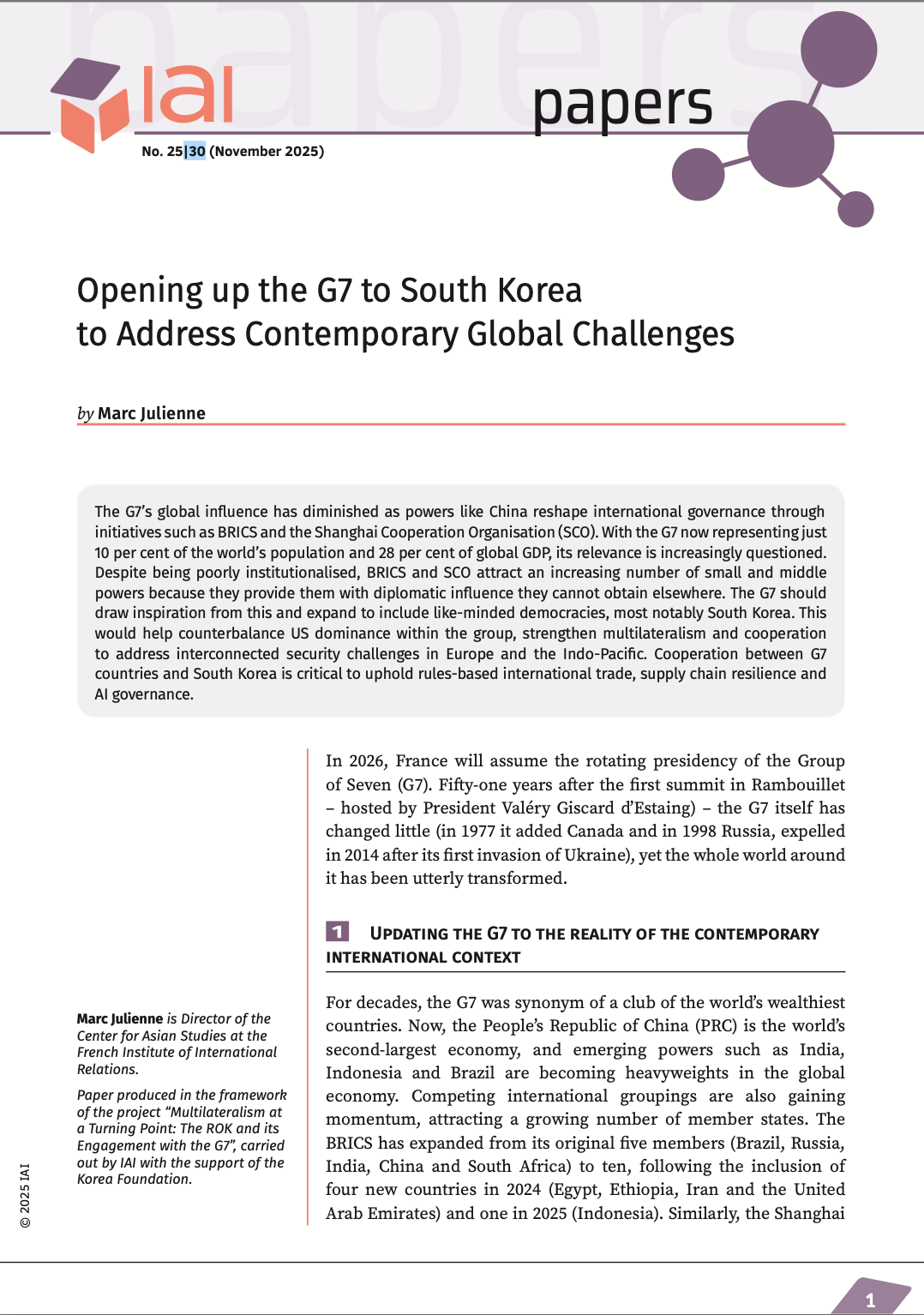
Opening up the G7 to South Korea to Address Contemporary Global Challenges
The G7’s global influence has diminished as powers like China reshape international governance through initiatives such as BRICS and the Shanghai Cooperation Organisation (SCO). With the G7 now representing just 10 per cent of the world’s population and 28 per cent of global GDP, its relevance is increasingly questioned.
EU’s Derisking From China: A Daunting Task
With economic security as a major concern, the EU has recently turned to “derisking” from China. The EU strategy entails reducing critical dependencies and vulnerabilities, including in EU supply chains, and diversifying where necessary, while recognizing the importance and need to maintain open channels of communication.
Sri Lanka’s NPP Government. From System Change to Structural Compliance
In September 2024, a relative outsider to Sri Lanka’s two-party-dominated political system, Anura Kumara Dissanayake, won the presidential elections. The anti-establishment, populist movement he represented, the National People’s Power (NPP), went on to receive an overwhelming mandate in the November 2024 general elections, winning 159 seats in a 225-member parliament.
Japan Under Trump: Alliance Strains, the Push for Autonomy and Essential Partnerships
Japan is under pressure from the United States (US) on punitive tariffs and demands for increased defence spending. This has sparked deep concern over US credibility and triggered growing domestic calls for greater autonomy.


